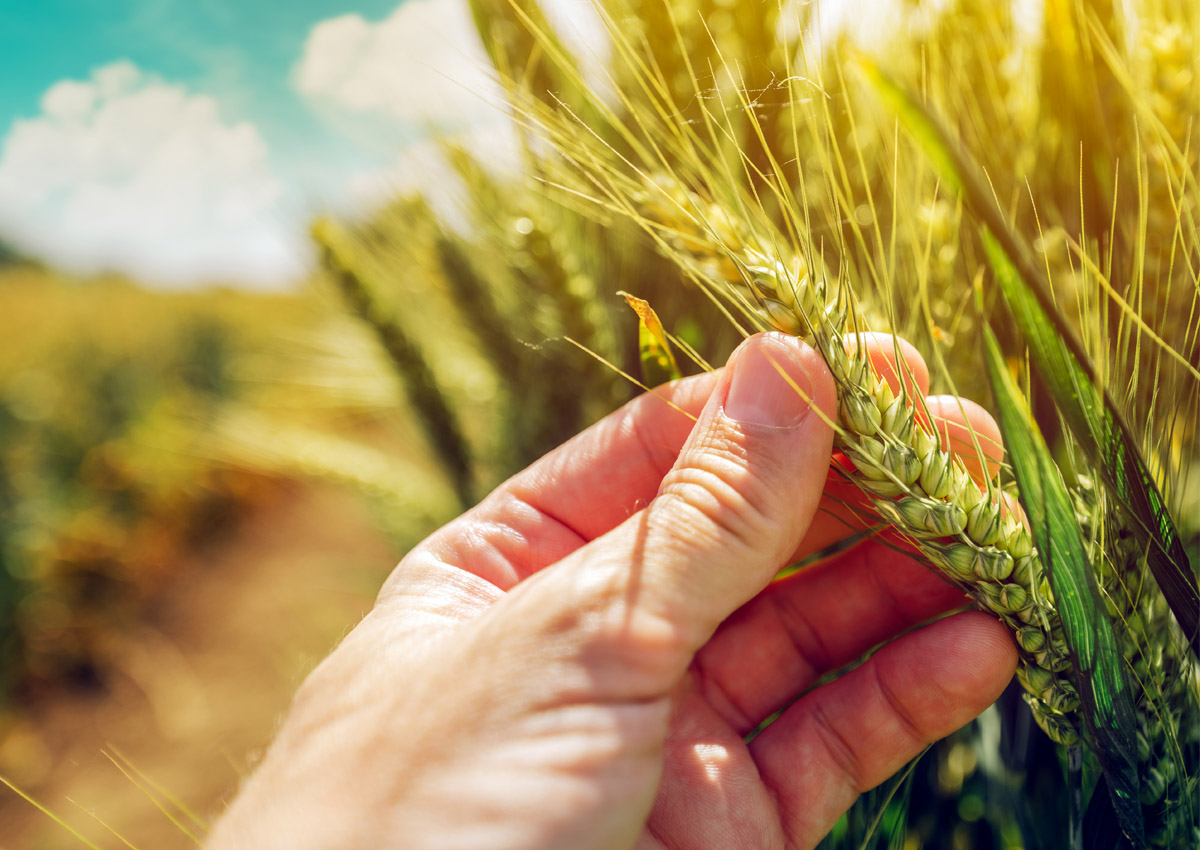
Starch Discovery has Benefits for Brewing, Baking, and Milling industries
September 13, 2023| |
Starch found in wheat, maize, rice, and potatoes is important to the human diet and a key ingredient in many industrial applications from brewing and baking to the production of paper, glue, textiles, and construction materials. New research conducted at the John Innes Centre describes how starch granules form in the seeds of Triticeae crops, unlocking the potential benefits for numerous industries and for human health.
Starch granules of different crops vary greatly in size and shape. Wheat starch has two distinct types of granules: large A-type granules and smaller B-type granules. The ratio of A- and B-type granules affects the quality of wheat-based foods and also presents a problem for starch manufacturers because smaller B-type granules are lost and therefore wasted during the milling process. Likewise, too many B-type starch granules in barley can cause a hazy or cloudy appearance in beer because they do not get digested and filtered out during the brewing process.
New research published in the Journal Plant Cell conducted by the group of Dr. David Seung at the John Innes Centre has made a breakthrough in solving this problem. Using genomic and experimental techniques, the team showed that A- and B-type granules are formed by two distinct mechanisms. They identified an enzyme involved in B-type granule initiation and then using conventional plant breeding techniques to remove this protein, they were able to produce wheat with low or no B-granules, without affecting plant development or reducing the overall starch content.
First author of the study Dr. Nitin Uttam Kamble said, “We discovered that the ubiquitous enzyme, (PHS1) is crucial for the formation of B-type granules in wheat. This is a scientific breakthrough because decades of research on this enzyme have failed to find a clear role for PHS1 in plants, and it shows that the A- and B-type granules of wheat form via different biochemical mechanisms. We can now use this knowledge to create variations in starch for different food and industrial applications.”
For more details, read the article in John Innes Centre News and Events.
| |
You might also like:
- Scientists Use CRISPR-Cas9 to Accelerate Breeding for Modified Starch in Cassava
- OsPK2 Gene Involved in Starch Synthesis and Grain Filling in Rice
- "Off" Switch for Starch Production in Plants Discovered
Biotech Updates is a weekly newsletter of ISAAA, a not-for-profit organization. It is distributed for free to over 22,000 subscribers worldwide to inform them about the key developments in biosciences, especially in biotechnology. Your support will help us in our mission to feed the world with knowledge. You can help by donating as little as $10.
-
See more articles:
-
Plant
- Starch Discovery has Benefits for Brewing, Baking, and Milling industries
- All You Need to Know on Gene Editing in One Booklet
- ISAAA Inc. Conducts Training of Trainers on Science Communication
-
Animal
- Scientists Take a Step Closer to Growing Human Organs for Transplants
-
Food
- Pakistan President Appoints Kauser Malik as Federal Minister
-
Environment
- Study Reveals Ag Tech Can Cut Greenhouse Gas Emissions
- Bioengineered Bacteria to Produce Electricity from Wastewater
-
Read the latest: - Biotech Updates (November 12, 2025)
- Gene Editing Supplement (October 29, 2025)
- Gene Drive Supplement (February 22, 2023)
-
Subscribe to BU: - Share
- Tweet

